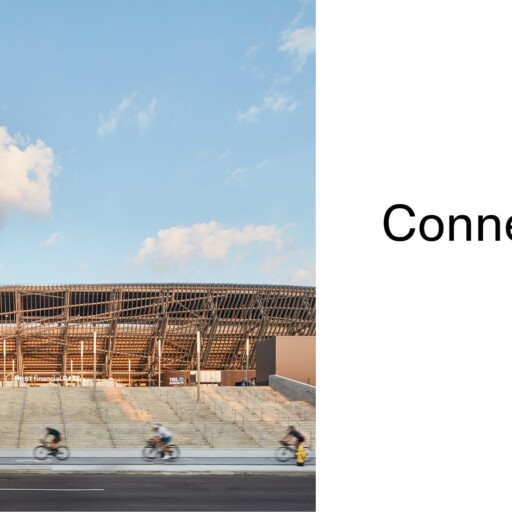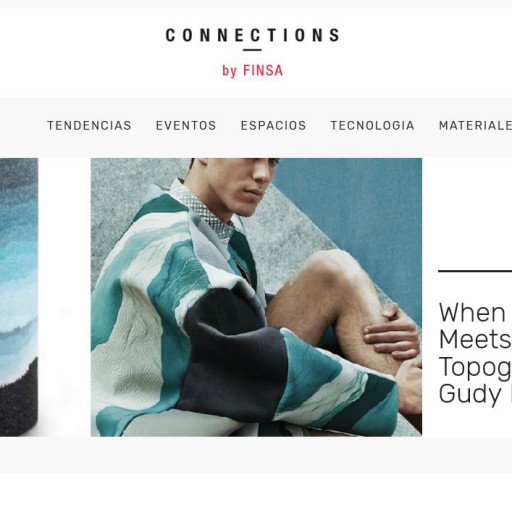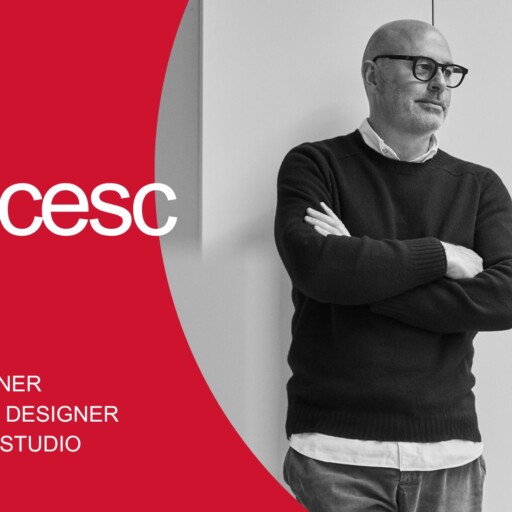Co-creation or group work is perhaps the most important aspect of this project, which brings design, industry, and technology together to create urban features that are closely related to the concepts of wellbeing and the circular economy. The latter is based on trying to keep products, materials, and resources within the economy for as long as possible in order to reduce waste production.
Ver esta publicación en Instagram
This is the main objective of the Sustainable Urban Commons (SUC) project, in which Grupos Industrias Saludes and La Pinada Lab are joining forces with La Marina de Valencia and WDCV2022 to create, set up in an experimental way, and encourage the replication of sustainable pieces of urban furniture designed for open spaces at the historic Valencian port. The idea is to redesign this outdoor space so that both residents and visitors to the city can use it as a meeting place and enjoy different kinds of activities, in line with the New European Bauhaus (NEB) principles, which take on the challenge of “defining more beautiful, sustainable, and inclusive ways of co-habiting”. The NEB is a creative and interdisciplinary initiative that connects the European Green Pact to our spaces and experiences.
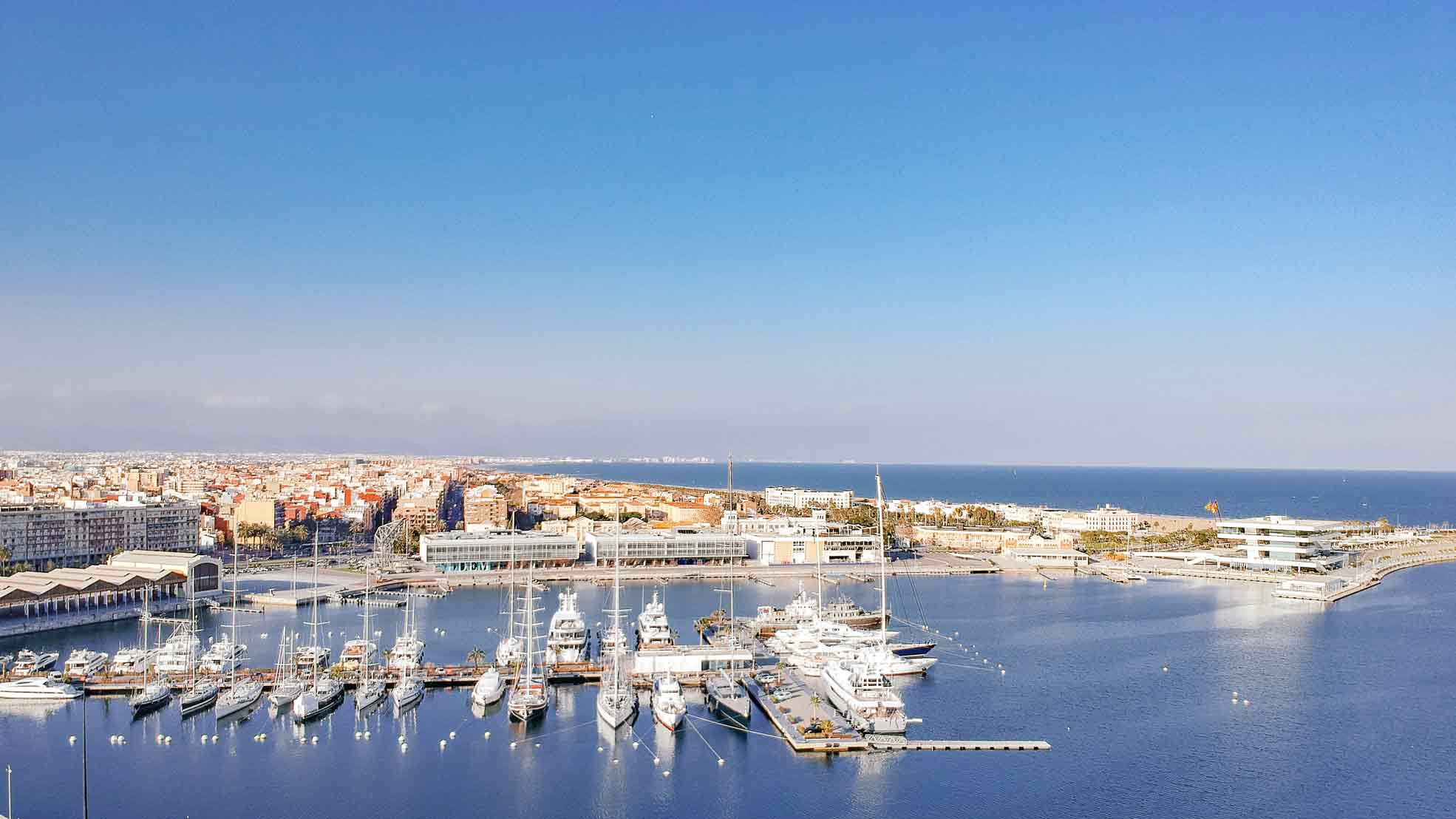
The pieces will be made from materials such as recycled plastic and other less conventional, but more local ones, such as Neptune grass (which covers the floor of the Mediterranean and is not algae but rather a plant with leaves, roots, and stems), and rice husk (also very Valencian). Their environmental impact is very small or even non-existent and they also deliver when it comes to resistance, durability, and maintenance.
This is the challenge facing the SUC project. In order to find an innovative solution, the conceptualisation, design, and development processes for these new structures have been approached in a very collaborative manner. There are two product design professionals involved, as well as ten students from different Valencian universities where product design is taught, with the goal of incorporating different points of view that enrich the designs and allow the pieces to connect with their users and with the context in which they live. They are also able to draw on the knowledge and experience of the Instituto Tecnológico del Plástico (the Plastics Technology Institute) and the Instituto de Biomecánica de Valencia (IBV – the Valencia Institute of Biomechanics).
Ver esta publicación en Instagram
All of these parties will be involved in the creation of prototypes prior to the experimentation phase, which will look at things like sustainability and functionality. This stage is all about learning while using the pieces, figuring out if the design is valid or not, and if the materials work.
One of these new urban elements, Colonia, is made up of several different modules inspired by the Nolla ceramic mosaics, which are used for the exterior of many Modernist buildings, and which also have many uses. The innovation here lies in the use of polyethylene, one of the easiest plastics to recycle, which will be the only material used for the parts that make up the piece. Another structure, Maraña, is evocative of the ocean’s waves and invites enjoyment and relaxation with the inclusion of design elements like ergonomics. Its surface will be made from extrusion profiles from rice husk and Neptune’s grass with additives that are highly resistant to sunlight, as well as natural pigments. The structure will be made from stainless steel, which can withstand the ocean environment very well.
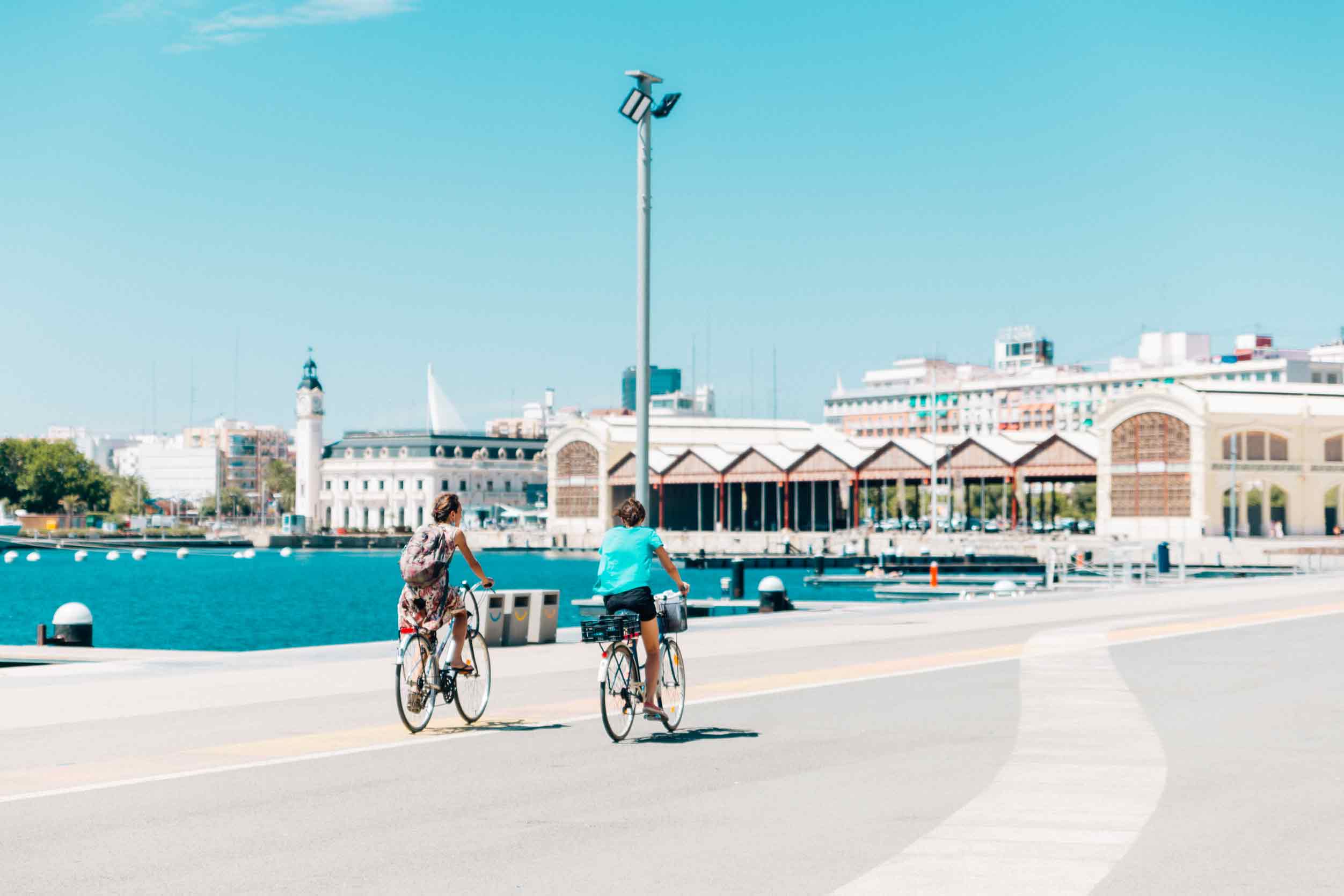
The final result of the SUC project will be 100% Valencian, a legacy of the city’s people that demonstrates their culture and values.


